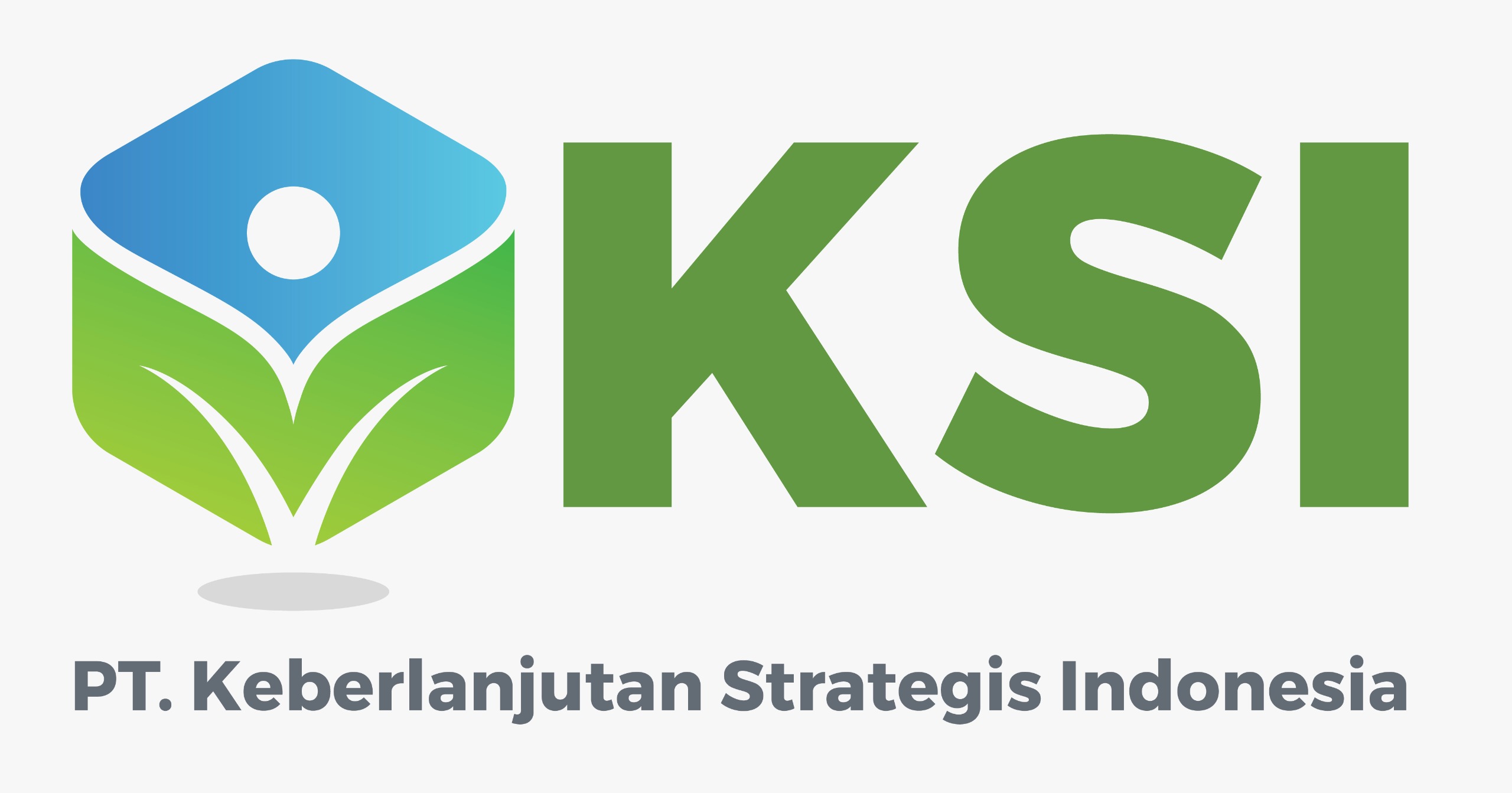Community Participation in Indonesia in Preservation and Continuation of Environmental Protection and Management
DOI:
https://doi.org/10.38142/pjlel.v1i3.813Keywords:
Environmental Impacts, Constitutional Mandate, Environmental Awareness, Social ImpactAbstract
The concept of sustainable development, as discussed at the United Nations Conference on the Environment in Stockholm in 1972, focuses on development that considers environmental impacts. It highlights the constitutional mandate in Article 28H of the 1945 Constitution of the Republic of Indonesia, emphasizing the right of every Indonesian citizen to a good and healthy living environment. Despite this constitutional provision, implementing sustainable development has faced challenges and confusion at the policy and regulatory levels. In Indonesia, where forest and land fires are recurrent disasters with severe ecological, economic, and social consequences, the aims underscore the significance of environmental awareness and proactive measures in addressing these issues. It emphasizes the interdependence between human actions and the environment and calls for responsible environmental stewardship. The research method used is legal research, which departs from statutory provisions, namely research on the legal principles of environmental provisions, specifically regarding community participation in environmental management. Overall, this provides insights into the critical role of environmental awareness and sustainable development in ensuring a better future for Indonesia's environment and its citizens, in alignment with constitutional mandates and international principles.
References
Agus Sugiyono, Environmental Institutions in Indonesia, http://www.researchgate.net/profileAgus_Sugiyonopublication264784161_Environmental Institutions_Hidup_in_Indonesialinks53ef4b0c0cf26b9b7dcdeca0.pdf., (accessed 25 January 2023).
Andi Hamzah, (2015). Environmental Law Enforcement, Jakarta: Sinar Graphics Offset, page. 2
Ardhi Yusuf et all. 2019. Analysis of Forest and Land Fires in Riau Province. Indonesian Journal of Environmental Dynamics Volume 6, Page. 67
Book II RPJMN 2015-2019, page. 1.
Handbook of Village-based Forest and Peatland Fire Prevention and Control Procedures (kemitraan.or.id)
Danusaputro, St, Munadjat, (1985). Environmental Law, Book I General, Binabuat, Bandung, page. 35-37, 68
Danusaputro, St. Munadjat, 1994, Anthology of Binamulia Law and the Environment, Cet. 1 Binabuat, Bandung, page. 10-11
Emil Salim, (1988). Environmentally Friendly Development, Cet. 2nd, LP3ES, Jakarta, page. 33–34. Ibid page. 169
Hardjasoemantri, Koesnadi, (1993). Law and Enforcement of an Environmentally Friendly Work Culture, Paper, Media Korpri DIY No. 13, page. 29–30. See also Yunus, 1994, Op. cit., page. 75-76
Hardjasoemantri, Koesnadi, 1999, Op. cit., page. 113. See Hardjasoemantri, Koes-nadi, 1990, Environmental Management Law, 5th Edition, Cet. 7th, Gadjah Mada University Press, Yogyakarta, page. 19; and Yunus Wahid, 1994, Op. cit., page. 39, 75, 82
Explanation of Article 33 of the 1945 Constitution.
Explanation of Article 28H of the 1945 Constitution.
Mohamad Soerjani, (1995). Development and the Environment: Exploring the Idea and Implementation of Sustainable Development, Jakarta: IPPL, page. 66.
Siti Sudari Rangkuti, 2000, Environmental Law and National Environmental Policy Surabaya: Airlangga University Press, page. 27.
Soeriaatmadja, R.B, (1989). Environmental Science, ITB, Bandung, page. 126-127.
Law Number 4 of 1982 concerning Basic Provisions for Environmental Management, replaced by Law Number 23 of 1997 concerning Environmental Management, replaced by Law Number 32 of 2009 concerning Environmental Protection and Management, amended by Law Number 11 of 2020 concerning Job Creation, amended by Regulation instead of Law (Perpu) Number 2 of 2022 concerning Job Creation.
UU no. 4 of 1982 (UULH) and Law no. 23 of 1997 (UUPLH) use the term environmental management (PLH). New in Law no. 32 of 2009 (UUPPLH) uses environmental protection and management (PPLH). However, its existence, targets, and primary objectives are the same: efforts to preserve environmental functions sustainably. This article/book uses UPPLH as the law currently in force.
Yunus Wahid, M, 1994, Op. cit., page. 291
Downloads
Published
Issue
Section
License
Copyright (c) 2023 Achmad Adi Surya Guntur SILAM, Mutia Evi KRISTHY, Yesieari Silvanny SIBOT, Suriansyah HALIM

This work is licensed under a Creative Commons Attribution-NonCommercial 4.0 International License.
Creative Commons Attribution-NonCommercial 4.0 International License.























